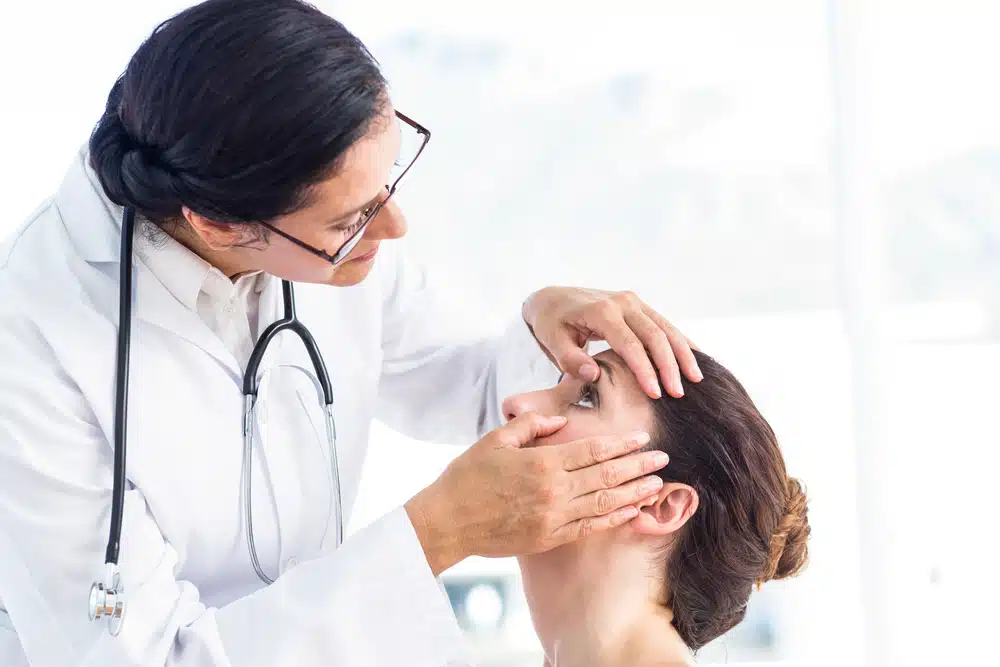All Categories
Featured
We commonly listen to about safeguarding our skin from dangerous ultraviolet (UV) rays, however did you recognize that UV direct exposure can additionally dramatically influence your eye health? Understanding the results of UV rays on your eyes and how to shield them is essential for preserving lasting eye wellness.
Sorts Of UV Rays. UV rays are classified into 3 types:
UVA Rays: These rays penetrate deep into the skin and can also impact the internal layers of the eyes. UVB Rays: These rays mostly create damage to the skin's surface area however can likewise harm the cornea and lens of the eye. UVC Rays: While these are the most harmful, they are largely absorbed by the Earth's environment and do not get to the surface area. Both UVA and UVB rays are hazardous to your eyes, and in time, exposure can lead to major eye problems.
Short-Term Effects of UV Direct Exposure. Even quick exposure to extreme UV rays can lead to instant eye damages. A common short-term condition is photokeratitis, usually referred to as "sunburn of the eye." Symptoms of photokeratitis consist of:
Soreness and inflammation. Sensitivity to light. Tearing or watery eyes. An abrasive experience, as if something is stuck in your eye. While the symptoms of photokeratitis are short-lived and normally solve within a day or 2, repeated cases can have collective results on your vision.
Long-Term Effects of UV Direct Exposure. Persistent UV exposure can add to a number of significant eye conditions, consisting of:
Cataracts: With time, UV rays can trigger clouding of the eye's lens, leading to cataracts, among the leading reasons for blindness worldwide.
Macular Degeneration: Long term UV direct exposure can harm the retina, especially the macula, resulting in age-related macular deterioration (AMD), which impacts main vision.
Pterygium: Additionally recognized as "surfer's eye," this problem includes the growth of a fleshy tissue on the white component of the eye, which can expand over the cornea and influence vision.
Skin Cancer Around the Eyes: The fragile skin around the eyes is vulnerable to UV radiation, enhancing the threat of skin cancer, such as basal cell cancer.
Pinguecula: UV direct exposure can likewise result in yellow-colored down payments on the conjunctiva, which can cause irritation and pain.
Just How to Protect Your Eyes from UV Rays. Put On Sunglasses with UV Defense: Always pick sunglasses identified as obstructing 100% of UVA and UVB rays. Wrap-around styles offer additional security by obstructing UV rays from the sides.

Use a Wide-Brimmed Hat: Hats with a wide brim can decrease UV exposure by as much as 50%, using extra coverage for your eyes and face.
Avoid Optimal Sunlight Hours: UV rays are toughest in between 10 a.m. and 4 p.m. Limiting your outdoor tasks throughout these hours can aid decrease exposure.
Do Not Ignore Youngsters: Kid's eyes are a lot more conscious UV rays, so guarantee they put on sunglasses and hats when outdoors.
Put On UV-Blocking Contact Lenses: If you put on contacts, ask your eye care carrier concerning UV-blocking lenses for added defense.
Remain Protected Year-Round: UV damages isn't restricted to summer; rays can show off surface areas like water, sand, and snow, making eye protection essential all year.
Final thought. Safeguarding your eyes from UV rays is vital to protecting your vision and general eye wellness. By taking straightforward precautions like using UV-protective sunglasses, restricting exposure during peak hours, and routinely checking out an eye care expert, you can guard your eyes from the unsafe impacts of UV radiation.
Latest Posts
Boost Your Home with Overhead Door Equipment
Join Your Financial Partner at WyHy – Top Benefits for Your Future
Discover Your Financial Partner at WyHy – Top Benefits for Wyoming Residents
More
Latest Posts
Boost Your Home with Overhead Door Equipment
Join Your Financial Partner at WyHy – Top Benefits for Your Future
Discover Your Financial Partner at WyHy – Top Benefits for Wyoming Residents